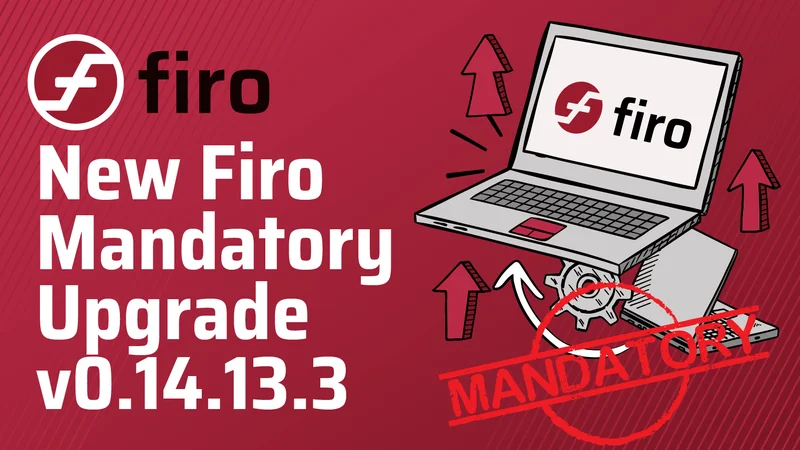Article Directory
Title: Smart Dams: How California is Using Weather Forecasts to Dodge Droughts and Floods
Okay, folks, buckle up, because I've got some seriously cool news to share. We’re not just talking incremental improvements here; we’re talking about a fundamental shift in how we manage one of our most precious resources: water. Imagine if you could peek into the future, see the storms coming, and adjust your strategy before disaster strikes. Well, that's precisely what's happening in California, and it's all thanks to something called Forecast-Informed Reservoir Operations, or FIRO.
The old way of managing reservoirs was, let's be honest, a bit like driving with your eyes glued to the rearview mirror. You reacted to what had already happened, releasing water based on fixed schedules, regardless of what the actual weather was about to do. It was guesswork, plain and simple, and in a state as prone to droughts and floods as California, that just wasn't cutting it.
But now? Now, we're talking about using cutting-edge weather forecasting—specifically, the ability to predict atmospheric rivers with increasing accuracy—to make real-time decisions about water storage and release. Think of it like this: traditionally, a dam operator is like a chef following a recipe, doing the same thing every year regardless of what ingredients are available. FIRO allows that chef to look at the fridge (the weather forecast), to understand what's coming, and to adapt the menu before everyone arrives for dinner!
A New Era of Water Management
The recent updates to the water control manual for Coyote Valley Dam and Lake Mendocino mark a huge step forward. It's not just a tweak; it's a complete rewrite of the rules, incorporating FIRO principles for the first time in the dam's 66-year history. Nick Malasavage from the U.S. Army Corps of Engineers put it perfectly: "Before this update, we would inevitably be required to release water to give airspace to the dam for the next storm regardless of the upcoming weather. FIRO allows us to be informed by the forecast and make better decisions." It's about moving from reaction to proaction, and the potential benefits are enormous. New forecast-informed decision-making tool implemented at Coyote Valley Dam and Lake Mendocino
So, how does it work? Well, atmospheric rivers are these massive plumes of water vapor that can deliver a ton of precipitation to the West Coast. Forecasting where and how strong they'll be has always been a challenge, but thanks to the Atmospheric River Reconnaissance Program—which uses "Hurricane Hunter" aircraft and a network of buoys to gather data—we're getting really good at it. Marty Ralph, the founding director of CW3E, explains that this improved forecasting skill is built on "scientific knowledge, specialized observations, advanced weather models and custom forecast tools," and it's enabling us to "better deal with the large swings between drought and flood that are characteristic of this region.”

The impact is already being felt. Over the past three years, FIRO has saved nearly 30,000 acre-feet of water in Lake Mendocino. In 2020, a particularly dry year, FIRO enabled a 19% increase in water storage! That's water that can be used for drinking, for agriculture, for maintaining healthy ecosystems. This is the kind of breakthrough that reminds me why I got into this field in the first place; the potential to make a real, tangible difference in people's lives is incredible.
But here's the really exciting part: FIRO isn't just a California thing. It's a model that's being adopted around the world, from Seattle to the Midwest to Australia. We're seeing a global shift towards smarter, more sustainable water management, and it's being driven by the power of data and forecasting. Think about the implications: reduced flood risk, increased water security, and a more resilient future for communities around the globe. FIRO to Avoid Water FOMO: How to Save Every Drop with Smart Reservoir Operations in California
Of course, it's not all sunshine and rainbows. As with any new technology, there are challenges to overcome. Forecasts aren't perfect, and dam operators need to account for that uncertainty when making decisions. And it requires a shift in mindset, from relying on old, fixed rules to embracing a more dynamic, data-driven approach. But these are challenges we can solve.
And let's not forget the ethical dimension here. With greater power comes greater responsibility. We need to ensure that these advanced forecasting tools are used fairly and equitably, and that the benefits of FIRO are shared by all communities, not just a select few.
We're Entering a New Hydro-Logical Era
This isn't just about managing water; it's about managing our future. It's about using the best science and technology to build a more resilient and sustainable world. It's about moving from a reactive to a proactive approach, and about embracing the power of data to make better decisions. The progress that we're seeing in California with FIRO is a glimpse of what's possible when we combine human ingenuity with the power of nature. What this means for us is... but more importantly, what could it mean for you?

